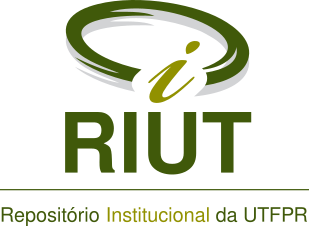Environment friendly construction materials on the base of porcelain industry wastes
Resumo
A new method was developed and patented for the use of three types of wastes from the manufacture of porcelain tiles – fired wastes (FW), unfired wastes (UW) and wastewater treatment plant sludge (WTPS) – as the main raw materials for the production of new construction materials. The binder material used here was lime production waste (LPW), i.e., incompletely burned lime. The un-axial compressive strength of the new materials containing 15 wt% of LPW at one year of age increased up to 14.2 MPa and the materials with 5% LPW content increased up to 8.6 MPa, exceeding the specifications of Brazilian standards for hollow concrete blocks. The water absorption (WA) coefficient of different compositions at the age of 28 days ranged from 17.9 to 24.6%, but this does not affect the values of the water resistance coefficient (0.71 to 0.85). X-ray diffraction and scanning electron microscopy analyses indicated that the strength of the new materials increases due to the synthesis of amorphous and crystalline compounds. The feasibility of the new materials is based on the use of four types of industrial wastes for the production of new construction materials with high mechanical properties, which meet the requirements of national health standards
Texto completo:
ENGLISH PDFApontamentos
- Não há apontamentos.
Direitos autorais 2017 CC-BY

Esta obra está licenciada sob uma licença Creative Commons Atribuição 4.0 Internacional.





